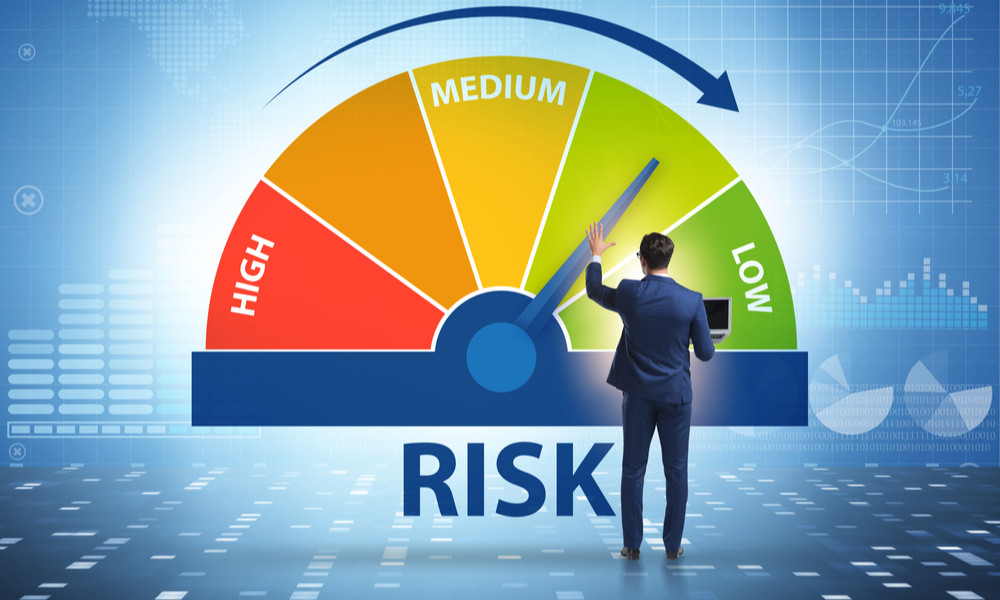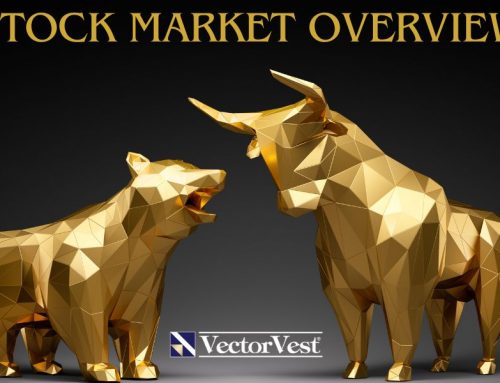by Leslie N. Masonson, MBA
Risk is the name of the game in life as well as investing. No matter what you do there is an element of risk that things may not turn out the way you want. In the investment arena the common belief is that the riskier an investment the higher its reward. That is true in most cases, but not all. Think about the recent failure of the SIVB bank in California which everyone thought was rock solid.
Whether you are investing in stocks, bonds, mutual funds or ETFs, the following risks may be encountered:
- Market risk – the stock market moves in waves, up and down and most securities will move together as a herd. Look at the 2022 stock market performance to see that in spades, as both stocks and bonds cratered.
- Interest rate risk – for bonds as interest rates rise, bond prices fall and long-term bonds fall much faster in price than short-term bonds.
- Inflation risk – especially eats away at fixed income instruments, but also forces investors to search for investments that produce a better return than inflation, thereby taking on more risk than normal.
- Political risk – government politicians squabbling and infighting, and voting solely on party lines can result in legislation being stalled impacting companies and industries that the regulation was developed to help.
- Wide Bid-to-Ask Spread – Inactive stocks and ETFs may exhibit wider than normal spreads incurring higher costs due to low volume and lack of interest.
- Company Risk – Each company has its own internal risk such as management quality and turnover, possible accounting irregularities, or issues with a state government. Think of Disney’s plight with Governor DeSantis regarding the Orlando, Disneyland facility and their tax situation.
- Industry Risk – Stocks in a specific industry and selective ETFs such as sectors typically trade together. So, for example, a bad earnings report for Intel would typically negatively impact the other stocks in the semiconductor group. Likewise, the crypto and blockchain stocks move together based on the news and potential negative or positive regulatory filings.
- Country Risk – Each country has its own political, economic and social risks which may negatively impact the companies operating in those countries. Think of Russia, China, and India, among other countries that may have more stringent requirements for US companies operating in their country.
- Black Swan risks – an unexpected event that occurs that causes turmoil for a company, industry or country which may have long-term effects such as COVID-19, a 2008 financial crisis, bank failures like SIVB.
Black Swans and Flash Crashes
Keep in mind that a very stable, well-known and popular company may experience a sudden downturn or “black swan” event and be obliterated, some without ever recovering (e.g., Enron, Lehman Brothers). Luckily, that event is rare, but can occur as the 1998 episode with Long Term Capital Management L.P illustrates.
Run by two future Nobel Laureates – Scholes and Meron – and a few other traders, the firm accumulated a huge loss of $4.6 billion in under four months using high levels of leverage in their investments that went south. They needed a cash infusion from 14 banks to avoid a bankruptcy that would have negatively impacted other firms and banks throughout the world.
Another “black swan” example was the flash crash on May 6, 2010 when the Dow-Jones Industrial Average plunged over 1,000 points, only to partially recover in 36 minutes. The Volatility Index (VIX) jumped to 40.96 on March 7 from 24.91 on May 5 indicating the wild market conditions, and the fear rampant in the market.
Using ETFs for Risk Reduction
Investors can buy ETFs that offer lower levels of risk by selecting passive ETFs instead of active ETFs, which have fixed portfolios while also benefiting from their lower annual expense ratio. Also, instead of buying multiple all-equity indexes like the S&P 500 Index, the investor can use a more conservative 60/40 split of equities vs. bonds. For example, a 60% position in Vanguard S&P 500 ETF (VOO) and 40% in Vanguard Total Bond Market ETF (BND) would be a reasonable way to mitigate against normal stock market drawdowns. That is because the bonds usually do not correlate highly to stock and they tend to rise when stocks fall. These two ETFs own 504 stocks, and 17,699 bonds in their portfolios.
Over the past ten years, VOO has advanced an annual average 12.40% and BND has risen 1.38%, so a 60/40 split would have earned 8.03%, but being able to sleep comfortably at night, not worrying about possible stock market volatility. Another possibility is to consider one of the sixteen ETFs that write covered calls on their equity holdings.
One popular ETF with a current yield of 10.8% is JPMorgan Equity Premium Income Fund (JEPI). Other ETFs, called defined outcome or “Buffered” ETFs limit the downside and cap the upside, so investors know in advance their risk and reward levels. Two examples are Allianz U.S. Large Cap Buffer 20 July ETF (JULW) and the FT Cboe Vest Fund of Buffer ETF (BUFR).
In conclusion, with the vast array of current and new ETFs coming to market, the investor has many choices to mitigate market risk and volatility. Both mutual funds and stocks do not offer this array of possible choices to design portfolios that provide the investor with a well-suited strategy.
Want These Types of Insights at Your Fingertips so You Can Win More Trades?
Use VectorVest to Analyze any stock free. VectorVest is the only stock analysis tool and portfolio management system that analyzes, ranks and graphs over 18,000 stocks each day for value, safety, and timing and gives a clear buy, sell or hold rating on every stock, every day.
Before you invest, check VectorVest! Click here to ANALYZE ANY STOCK FREE and see our system in action!











Leave A Comment